By Film Noir Blonde and Mike Wilmington
The Noir File is FNB’s guide to classic film noir, neo-noir and pre-noir from the schedule of Turner Classic Movies (TCM), which broadcasts them uncut and uninterrupted. The times are Eastern Standard and (Pacific Standard).
Pick of the Week
“The Lady from Shanghai” (1948, Orson Welles). Sunday, Dec. 29. 12:15 p.m. (9:15 a.m.). With Rita Hayworth, Orson Welles and Everett Sloane.
“Citizen Kane” is hallowed cinematic ground, I know, but my favorite Orson Welles film is “The Lady from Shanghai” (1948), which he wrote, produced, directed and starred in, playing opposite his real-life wife Rita Hayworth, one of the most popular entertainers of the 1940s.
In “The Lady from Shanghai” Welles plays Michael O’Hara, an Irish merchant seaman, in between ships in New York. By chance, or so he thinks, he meets the wily blonde operator Elsa Bannister (Hayworth) and saves her from being mugged in the park.
Elsa invites Michael to join her as she sets sail for Acapulco. The boat belongs to her husband, a wizened, creepy criminal lawyer named Arthur Bannister (Everett Sloane), and he’ll be on the trip too. So will his partner, the moon-faced and sinister George Grisby (Glenn Anders). O’Hara agrees regardless. “Once I’d seen her,” he says, “I wasn’t in the right frame of mind.”
Read the full FNB review here.
Friday, Dec. 27
2 p.m. (11 a.m.): “Across the Pacific” (1942, John Huston). With Humphrey Bogart, Mary Astor and Sydney Greenstreet. Reviewed in FNB on June 6, 2012.
4 p.m. (1 p.m.): “We Were Strangers” (1949, John Huston). Intrigue and rebellion, long before Castro, in ’40s Cuba. With John Garfield, Jennifer Jones, Gilbert Roland and Pedro Armendariz. Co-scripted by Huston and Peter Viertel (who later dissed his boss in the tell-all novel (about the shooting of “The African Queeen,” “White Hunter, Black Heart”).
9:45 p.m. (6:45 p.m.): “Out of the Past” (1947, Jacques Tourneur). With Robert Mitchum, Jane Greer and Kirk Douglas.
2 a.m. (11 p.m.): “Klute” (1971, Alan Pakula). Jane Fonda as a brainy hooker (her first Oscar-winning performance) being pursued by a psycho killer. Donald Sutherland plays Klute, the cop who tries to help and save her. A classy, first-class neo-noir.
Saturday, Dec. 28
8 p.m. (5 p.m.): “Gaslight” (1944, George Cukor). With Ingrid Bergman, Charles Boyer, Joseph Cotton and Angela Lansbury. Reviewed in FNB on Aug. 25, 2012.
10 p.m. (7 p.m.): “Suspicion” (1941, Alfred Hitchcock). With Cary Grant, Joan Fontaine and Nigel Bruce. Reviewed in FNB on Sept. 21, 2012.
12 a.m. (9 p.m.): “Leave Her to Heaven” (1945, John M. Stahl). With Gene Tierney, Cornel Wilde, Jeanne Crain and Vincent Price. Reviewed in FNB on Aug. 8, 2013.
Sunday, Dec. 29
12:15 p.m. (9:15 a.m.): “The Lady from Shanghai.“ See Pick of the Week.
Monday, Dec. 30
1:15 a.m. (10:15 p.m.): “The Loved One” (1965, Tony Richardson). Novelist Evelyn Waugh’s (“Brideshead Revisited”) delicious dark comedy about a posh Los Angeles pet cemetery (modeled on Forest Lawn) and the vagaries and deadly eccentricities of the British community in Hollywood, — turned into a Strangelovian satire/farce by director Tony Richardson and screenwriter Terry Southern. One of the campiest casts imaginable is headed by Robert Morse as the Candidesque protagonist, and includes Rod Steiger, Jonathan Winters, Tab Hunter, Robert Morley and Liberace.
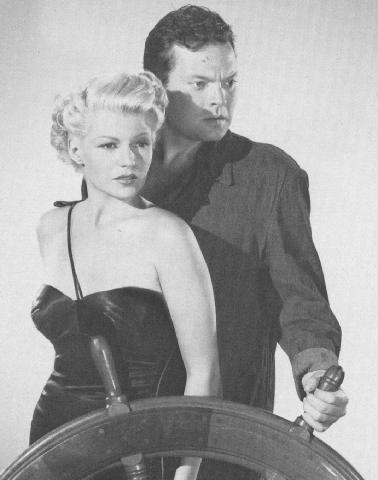
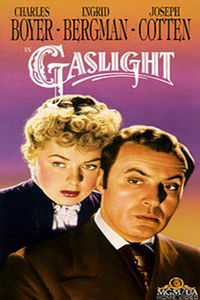





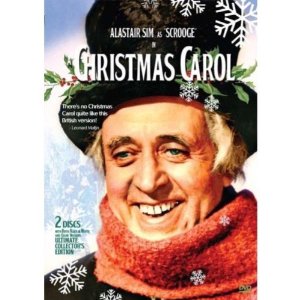
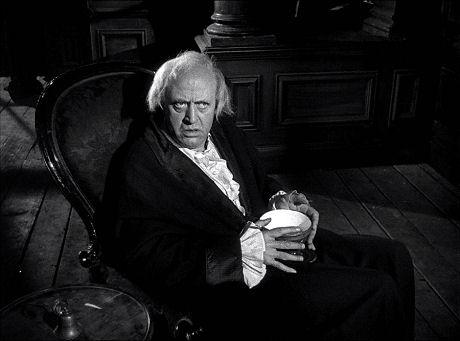
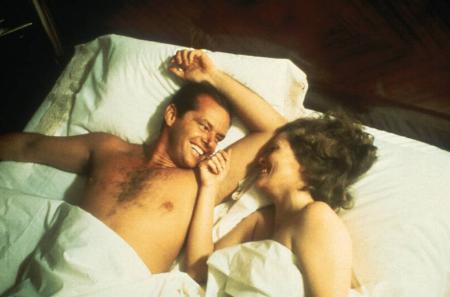
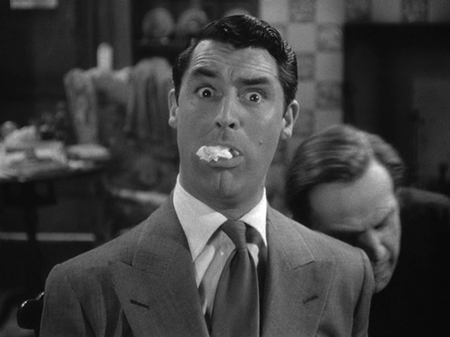
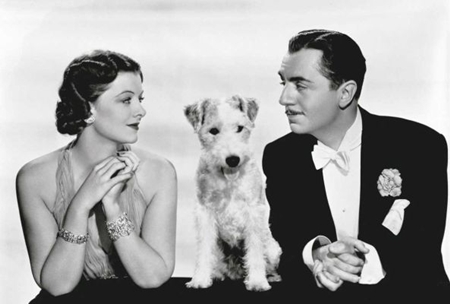
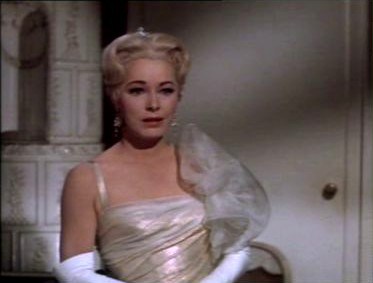
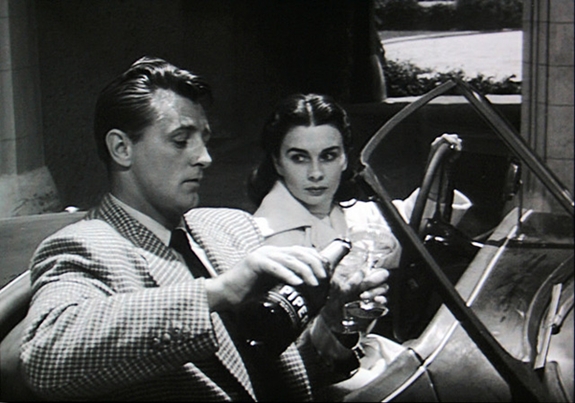
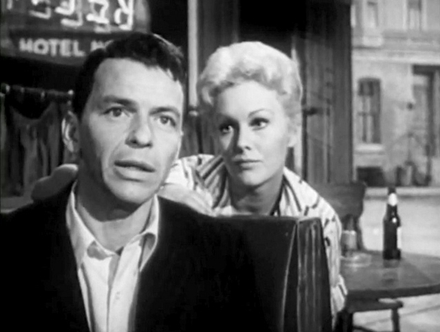
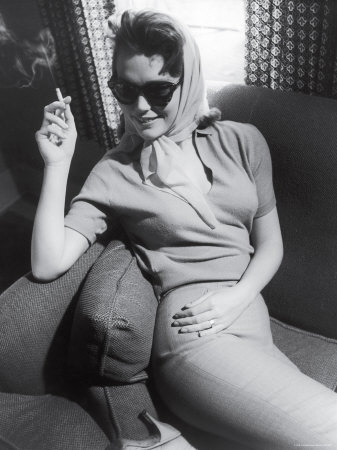
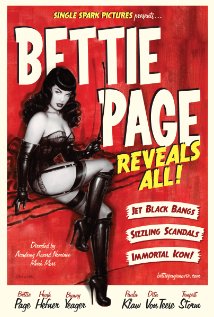





From FNB readers